Help
Workflow Rules Engine
Help menu
- Help content
- AS2
- Examples and Tutorials
- IO Queues and Forms
- Maps
- Schemas
- Send and Receive Ports
- Send and Receive Ports / Transports
- Servers
- Static Configuration
- Tracking
- Workflows
- Workflows / Workflow Activities
- Call Web Service Direct Activity
- Compensatable Sequence Activity
- Compensatable Transaction Scope Activity
- Compensate Activity
- Conditioned Activity Group
- Database Activity
- Delay Activity
- Event Handling Scope Activity
- Event Driven Activity
- Expression Activity
- Fault Handler Activity
- If Else Activity
- Increment Activity
- Invoke Web Service Activity
- Invoke Blue Integrator Workflow Activity
- Invoke Workflow Activity
- Listen Activity
- Map Activity
- Parallel Activity
- Policy Activity
- Send Receive Port Response Activity
- Replicator Activity
- Send Receive Port Response Activity
- Send Port Message Activity
- Sequence Activity
- Suspend Activity
- Synchronization Scope Activity
- Transaction Scope Activity
- While Activity
You can use the Windows Workflow Foundation rules engine inside your BlueIntegrator Workflow, by using a Policy activity. This allows you to define a set of rules as a policy, and then invoke that policy. Rules are defined in terms of reading and conditionally writing Workflow messages and variables, and conditionally executing methods on the Workflow Visual Studio for Applications class.
Methods on the Visual Studio for Applications class are available for use in rules if the BlueIntegrator.Workflow.MethodVisible attribute is defined, and can also include the System.Workflow.Activities.Rules.RuleReadAttribute, System.Workflow.Activities.Rules.RuleWriteAttribute and System.Workflow.Activities.Rules.RuleInvokeAttribute attributes.
e.g
(1) Launch BlueIntegrator
(2) Create a new Workflow
(3) Drag a Policy activity onto the workflow
(4) Select RuleSetReference in the properties window, and click the … button.
(5) You can now define a new rule set, consisting of a set of individual rules.
Rules essentially have conditional actions by setting Workflow messages and variables, or invoking VSTA methods. The Halt action can also be used to explicitly stop execution of the rule set. Inference behavior can chain rules together, for example if rule 1 says if balance < 0 then overdrawn = true and rule 2 says if subscriptionDue then balance = balance – 100, then firing rule 2 may cause overdrawn to be set to true if there was less than 100 in the account.

